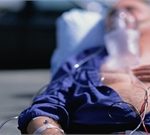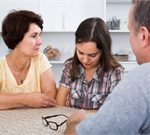
Popularized in movies, the phrase, “You’ll shoot your eye out,” is often repeated jokingly whenever someone talks about BB or paintball guns. But it’s no laughing matter. These “non-powder” guns can cause serious, life-altering injuries, and these injuries are now happening far more often. In fact, a new study found that while the overall rate of injuries due to BB and paintball guns has dropped around half since 1990, the rate of eye injuries has risen by 30%. “These findings raise a red flag. Non-powder firearm injuries are among the most serious injuries we see to the eye, with fireworks a close second,” said study senior author Dr. Gary Smith, who directs the Center for Injury Research and Policy at Nationwide Children’s Hospital in Columbus, Ohio. People sometimes dismiss these types of firearms as “toy” or “starter” guns, but Smith said they can cause very serious injuries, and even deaths. “I’ve seen a BB gun penetrate the chest. I’ve seen a pellet gun penetrate the skull. Eye injuries from non-powder firearms can result in partial or complete blindness,” Smith said. Non-powder firearms include BB, pellet, airsoft and paintball guns. These guns use air pressure, carbon dioxide pressure or a spring-loaded mechanism to shoot. They may propel metal or plastic projectiles of varying shapes and sizes. The speed at which these guns shoot varies, according to… read on >















